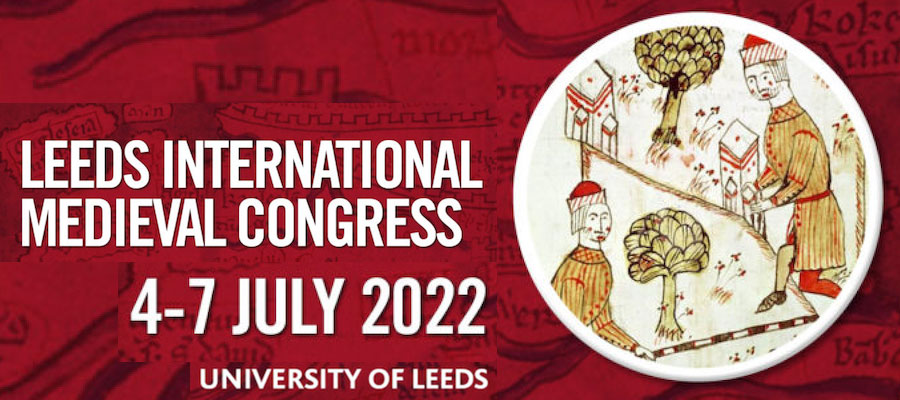Languages as Barriers, Languages as Bridges: Intra- and Inter-Lingual Negotiations across Ethnical, Political, Religious, Social, Cultural, and Gender Boundaries in the Late Antique and Medieval Mediterranean, sessions at 2022 International Medieval Congress, University of Leeds, July 4–7, 2022
Language is one of the key factors that keep society together, but it can be a barrier as well a bridge. Being a powerful tool of connection and disjunction, language brings people together but also forces them apart.
Having successfully completed the series of sessions ‘Changing Winds and Great Storms: The Dynamics of Speech Communities and Forms of Their Linguistic Self-Expression in the Eastern Mediterranean (324–1204)’ at the Leeds IMC 2021, we plan to carry on our conversation at IMC 2022, this time shifting the emphasis to the issues of intra- and inter-lingual negotiations across ethnical, political, religious, social, cultural, and gender boundaries in the Late Antique and Medieval Mediterranean. We would like to focus on several aspects:
- Real-life and imaginary communication across various linguistic divides (Greek-Latin, Greek-Syriac, Greek-Coptic, Greek-Slavonic, Greek-Arabic, Latin-Germanic, Syriac-Coptic, Syriac-Arabic, Persian-Syriac, and others) in the Middle Ages and Late Antiquity. This may include all sorts of verbal and paralingual interaction attested in epigraphical and material records, in documents, historical accounts, and religious narratives, in travelogues and fiction; cases of individual bilingualism and multilingualism; using interpreters and tools; second language acquisition etc.
- Interplay between languages/dialects and various forms of group identity – ethnical, political, local, religious, social, professional, economic, cultural, and gender. In the Late Antique and Medieval Mediterranean, these identities were consolidated across language boundaries as well as along them. While their links to certain languages were never fixed or absolute, interested parties every so often employed discursive strategies that contributed to building up associative ties between languages, ethnic, local, or social groups, and religious movements.
- Linguistic impact of the cultural and demographic transfer in borderland areas around the Mediterranean and the resulting linguistic changes, both rapid and dramatic and slow and gradual. The terms ‘borders’ and ‘borderlands’ are broadly defined here and include frontiers between the Late Roman/Byzantine Empire and other states and peoples, inner borders between provinces, geographical regions, and smaller localities in Byzantium, Sassanid Persia, Umayyad and Abbasid Caliphate, the political and tribal entities in South Arabia, the Nubian kingdoms, the Successor Kingdoms in the West, and others. We are interested in papers that explore linguistic processes taking place at the liminal zones among villagers, town dwellers, inhabitants of garrisons, as well as interactions between the sedentary, semi-sedentary, nomadic peoples, monks, hermits, and outcasts.
Other topics may include:
- the influx of new peoples and their linguistic impact;
- the mobility of individuals and groups and their linguistic choices;
- one’s native tongue/tribal tongue as an element of identity;
- acculturation and linguistic change;
- assimilation and linguistic change;
- lost/abandoned languages of antiquity; individuals and communities abandoning their language following a spatial displacement;
- forced preservation of a language following a displacement;
- cultural appropriation of languages or dialects.
Session organizers
Yuliya Minets, Jacksonville State University
Mirela Ivanova, University of Oxford/University of Sheffield
Paweł Nowakowski, University of Warsaw
Session sponsor
Research project ‘Epigraphy & identity in the early Byzantine Middle East’
